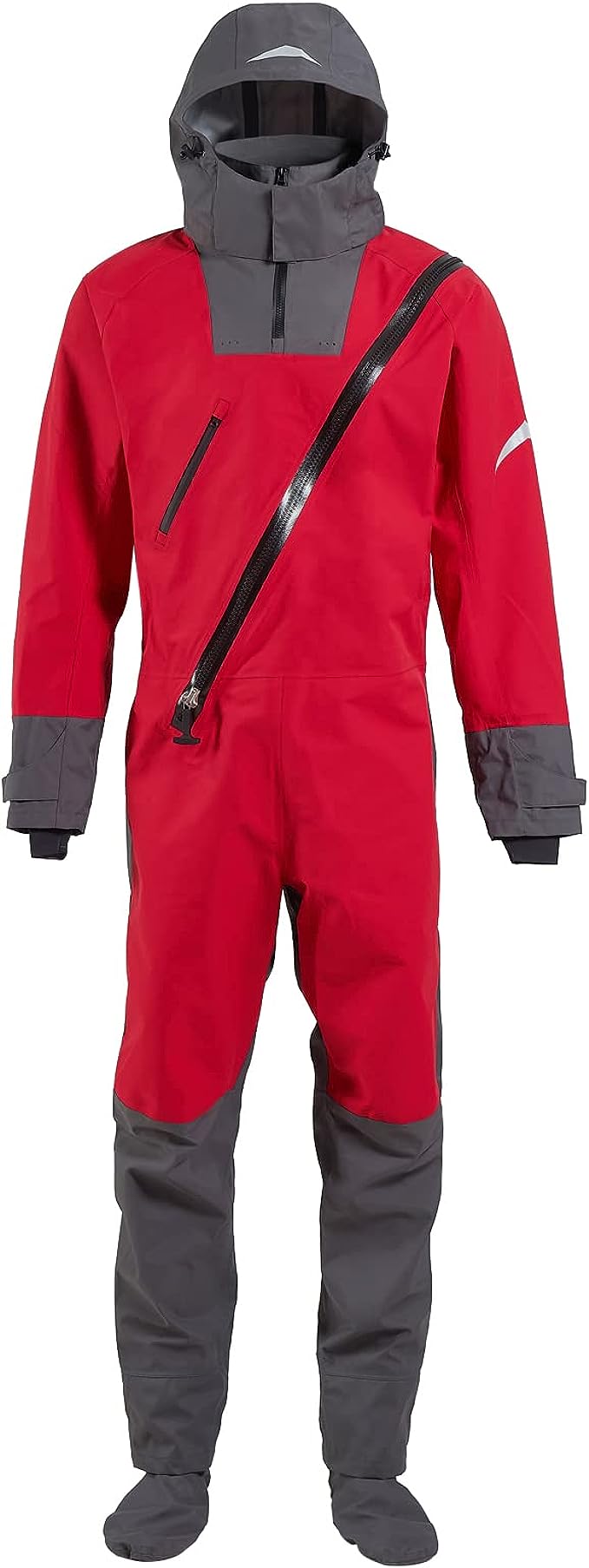Hank
A snap – plastic or stainless steel – attached to the luff of the jib, used to attach the jib to the
forestay.
Halyard/Halliard
A line used to raise things on a boat, for example “the main halyard” is the line used to raise the
mainsail. It is a part of running rigging.
Harden A Sheet
Haul it in.
Hatch
A small opening with a “door” on deck, allowing entry under the deck.
Head
The top part of a triangular sail. OR A toilet in a cruiser boat.
Headboard
Wood or metal plate fixed in the head of a sail.
Headsail
Any sail located in front of the main mast.
Heave to
Adjust sails and rudder so boat is stopped safely.
Helm
Tiller or other steering gear.
Hull
The body of a boat
Inboard
Within the boat.
In irons
All way lost when attempting to tack. The boat is pointing into the wind with the sails flapping, but it will
not pay off on to either tack by its own momentum and is temporarily out of control.
Jaws
The horns on the end of a gaff to fit on each side of the mast.
Jib
The front sail.
Jibsheet
The line used to pull the jib in or let it out.
Keel
A weighted extension of a boat running below it that prevents the boat from sliding sideways.
Kicking Strap
Light tackle angled from the boom to a lower part of the mast or some point on the floor
of the boat. Used to tension the boom. Also known as the boom vang.
Kite
Sometimes used to indicate spinnaker.
Knot
A nautical term for speed: one nautical mile per hour. Also a term indicating a
method of tying a line.
Lanyard
Thin line holding gear in place. The lashing on the end of a shroud.
Lash
To tie something using a light rope.
Leeboards
Alternative to a keel for preventing a boat moving sideways through the water. They are arranged on each side
of the hull, but only one on the leeside is lowered.
Leech
The aft edge of the triangular sail – the one that’s not attached to anything.
Lee shore
Shore on which the wind is blowing from seawards.
Leeward
The direction to which the wind is blowing.
Lifejacket
Buoyant garment. In Britain the name is reserved for one that will turn a person the rightway up. Otherwise its called
a buoyancy aid.
Luff
The fore edge of a sail.
Luff up
To luff up means to bring the boat’s bow so close to the wind, that the leech of the sail begins to flap.
Lug
Four sided sail that goes forward as well as aft of the mast.
Mainsail
The largest sail. (Except for the spinnaker.)
Mainsheet
The line used to pull the mainsail in or let it out.Mast
The pole attached to the deck at the right angle, holding up the sails.
Masthead
The top of the mast.
Mizzen
The sail set on the second (aftermost, or rear) mast – as on a ketch.
Mooring
Permanent anchorage. It consists of a heavy weight (or an anchor), a chain of a certain length, and a
buoy. Mooring is also often used for piers, instead of pilings.





